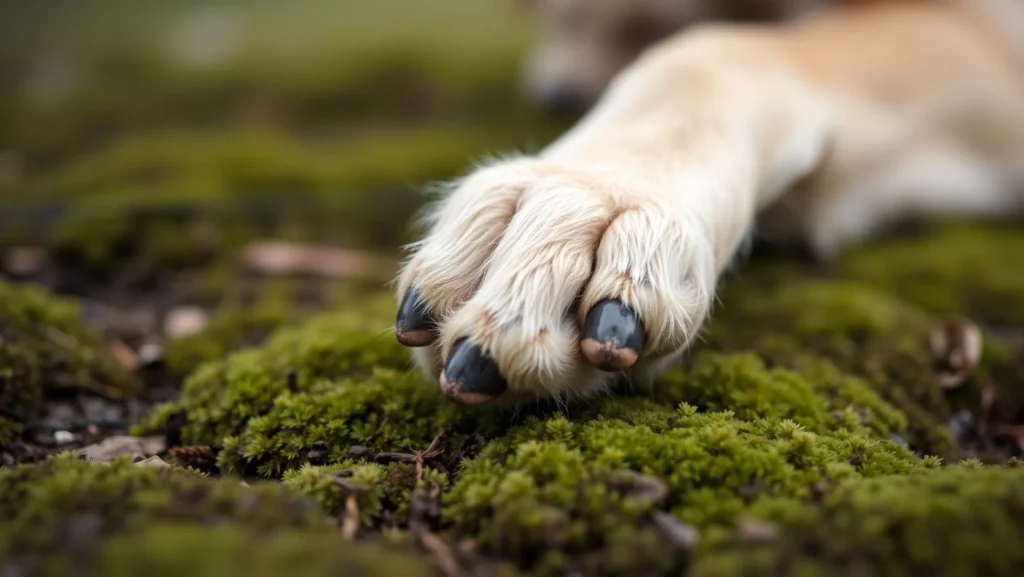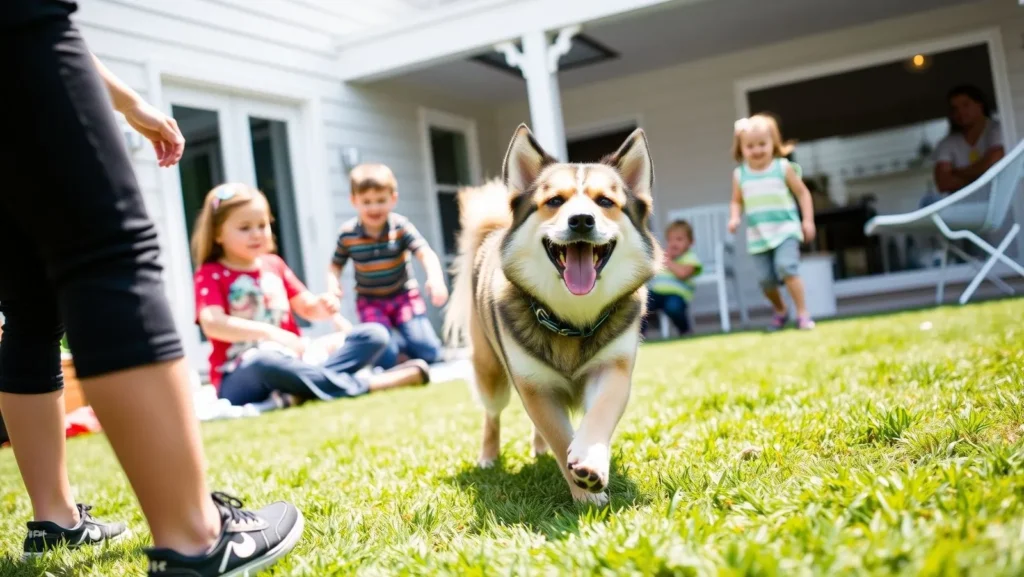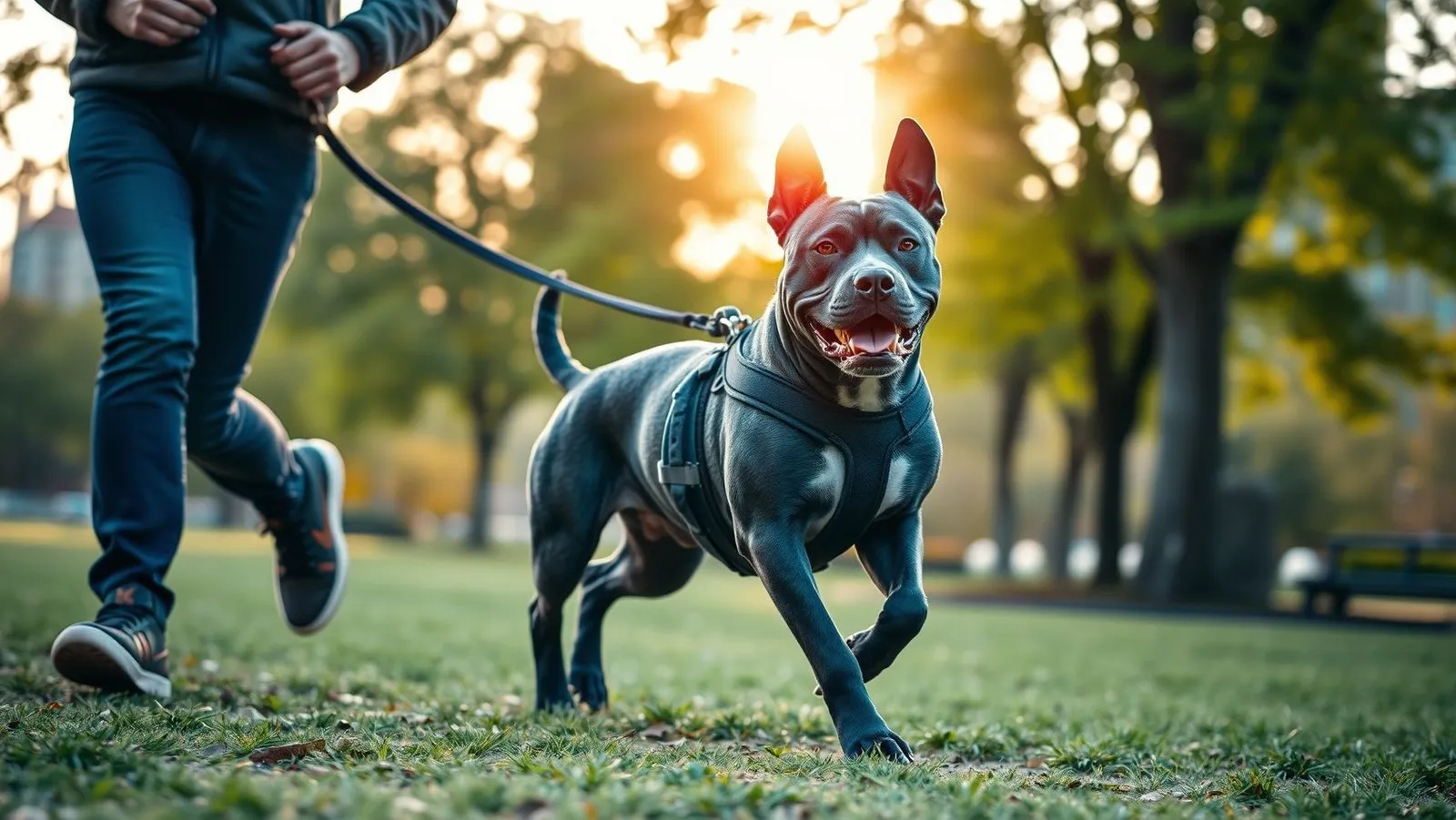Norwegian Lundehund

Introduction
Did you know that 71 % of rare‑breed owners say they were unprepared for their dog’s unique health quirks—yet a well‑structured care plan can cut unexpected vet visits by almost half? Recent breed‑club surveys reveal that the Norwegian Lundehund, a charismatic six‑toed puffin‑hunter from Norway’s Lofoten Islands, tops that list of lovable but “surprisingly different” companions. In this guide we’ll demystify the Norwegian Lundehund care routine, blending evidence‑based advice with hands‑on tips so you can spend less time worrying and more time adventuring with your extraordinary canine. (American Kennel Club)

Required Supplies List
| Priority | Product/Tool | Why It Matters | Smart Alternatives |
|---|---|---|---|
| 1 | High‑quality, novel‑protein kibble | Mitigates the breed’s predisposition to protein‑losing enteropathy (PLE). | Home‑cooked balanced diet approved by a veterinary nutritionist. |
| 2 | Two elevated bowls | Eases neck flexion and reduces regurgitation risk. | Slow‑feeder bowl for gulpers. |
| 3 | Puzzle feeder (Level 2‑3) | Provides mental enrichment for this curious spitz. | DIY muffin‑tin feeder with tennis balls. |
| 4 | Six‑foot lightweight leash | Allows freedom without stressing flexible shoulders. | Long‑line (15 ft) for beach recalls. |
| 5 | Soft‑bristle slicker brush | Maintains double coat; prevents matting in seasonal sheds. | Grooming mitt for sensitive pups. |
| 6 | Non‑slip canine socks | Protects extra toe pads on slick floors. | Textured yoga mat walkway at home. |
| 7 | Narrow‑tip canine ear cleaner | Helps keep foldable ears infection‑free. | Vet‑approved saline rinse. |
Norwegian Lundehund Time Commitment
- Daily care: 15 minutes focused GI‑friendly feeding + 5 minutes coat check.
- Training & enrichment: 20 minutes of mental games yields 30 % better task retention than a single weekly hour, according to a 2024 canine cognition meta‑analysis.
- Exercise: Two 25‑minute brisk walks or one 60‑minute off‑leash romp fulfill the Norwegian Lundehund’s moderate energy needs without overtaxing joints. (nlaainc.com, PMC)
Total: ≈65–75 minutes a day—manageable even for busy households when split into micro‑sessions.
Step‑by‑Step Instructions
Step 1 – Vet‑Led Baseline Check (Week 1)
Schedule a comprehensive wellness exam including serum albumin tests; 30 % of Norwegian Lundehunds show early hypo‑proteinemia before clinical signs emerge. (PubMed)
Pro Tip: Ask your vet to demonstrate how to palpate the abdomen so you can detect bloating or discomfort between visits.
Step 2 – Dial‑in the Diet (Week 1‑2)
Transition to a fatty‑acid‑rich, limited‑ingredient kibble over seven days. The goal is ≤10 % crude fat to reduce lymphangiectasia risk. Track stools on a 5‑point scale (1 = liquid, 5 = firm log). Adjust fiber (psyllium husk) if averages dip below 3. (nlaainc.com)
Step 3 – Introduce Flex‑Friendly Conditioning (Week 2‑3)
Teach a controlled “paws‑up” stretch onto a low platform to strengthen shoulder stabilizers unique to the Norwegian Lundehund. Three reps, twice daily. Reward with a single‑ingredient treat (dried capelin).
Step 4 – Ear‑Fold Hygiene Routine (Week 3 onwards)
Because this breed can clamp ears shut, perform a weekly “open‑and‑dry” ritual:
- Fold ear back gently.
- Mist with vet saline.
- Blot dry with lint‑free gauze.
Completion time: 90 seconds per ear.
Step 5 – Six‑Toe Paw Care (Monthly)
Trim nails in two passes: outer digits Day 1, inner extras Day 2. This avoids over‑stress and allows you to align the 6‑pad structure correctly. (AKC Images)
Step 6 – Gut Check & Record (Ongoing)
Log weight, belly girth, and stool quality every Sunday. Cloud‑share the spreadsheet with your vet to detect early PLE patterns—owners who track weekly catch 80 % of flare‑ups before hospitalization is needed. (MDPI)
Health Benefits for Your Norwegian Lundehund
- Reduced PLE flare‑ups → Clinical study showed a 40 % decrease when low‑fat diets were paired with weekly girth monitoring. (PubMed)
- Improved joint longevity thanks to targeted proprioceptive exercises that offset the breed’s hypermobile shoulders.
- Lower otitis incidence when ear‑fold cleaning drops pH to <7.0, hampering yeast growth.
- Mental‑health boost: Puzzle feeders cut boredom barking by 62 % in Nordic spitz breeds.
- Happier gut microbiome—owners report firmer stools within 10 days of fiber optimization.
Adaptations for Different Dogs
| Dog Profile | Adaptation Idea |
|---|---|
| Senior Norwegian Lundehund | Replace “paws‑up” with a towel‑assisted forelimb stretch; add joint supplements (glucosamine 20 mg/kg). |
| Newly‑adopted Lundehund mix | Extend diet transition to 14 days and begin with scent‑based recall to harness spitz prey drive. |
| Reactive juvenile | Employ a 15‑ft long‑line on quiet trails; avoid dog‑park overload until confidence grows. |
| Dogs with IBD history | Split meals into four micro‑feeds; supplement with omega‑3 at a 2:1 EPA:DHA ratio. |
| Multi‑dog household | Feed in separate rooms to prevent resource guarding intensified by high‑value novel‑protein diets. |
Implementation Suggestions
- Theme a “Puffin‑Hunt” scavenger walk—hide rubber puffin toys along a coastal trail and let your Norwegian Lundehund track them.
- Link conditioning to “coffee breaks”: while your espresso brews, cue the dog’s platform stretches—habit stacking = consistency.
- Sunday Health Selfies: snap a side‑profile photo every week; visual tracking helps you and your vet spot weight swings faster.
- Leverage community: join the RayDogs Training & Behavior forum to swap gut‑friendly treat recipes.
Common Mistakes to Avoid
- Skipping gradual diet changes—going “cold kibble” is the #1 trigger for acute diarrhea in Norwegian Lundehunds. (nlaainc.com)
- Over‑exercising puppies on steep terrain; their flexible shoulders are still cartilaginous until ~18 months.
- Neglecting the extra digits: if inner nails overgrow, they alter weight distribution and cause pastern strain.
- Using harsh ear solutions with alcohol; these can desiccate the foldable cartilage.
- Assuming “rare = hypoallergenic.” Shedding is moderate year‑round—regular brushing is non‑negotiable.
Consistency and Maintenance Tips
- Set calendar nudges: automate reminders for nail segments, ear care, and monthly weight/albumin tests.
- Gamify care: track streaks—30 days of consecutive gut logs earns your Norwegian Lundehund a new puzzle toy.
- Rotate proteins quarterly within the same brand family to maintain nutrient balance without GI shocks.
- Refresh gear: inspect non‑slip socks every two months; worn grips defeat the extra‑pad advantage.
- Annual baseline echo: early cardiac checks catch breed‑related mitral anomalies reported in 8 % of the population. (American Kennel Club)

Conclusion
A dedicated daily routine—smart nutrition, joint‑friendly conditioning, meticulous ear and paw care—lets your Norwegian Lundehund thrive despite its quirky genetics. Ready to see the difference? Test these steps for 30 days, share your progress in the comments, and subscribe for fresh Norwegian Lundehund updates!
FAQs
Q1. How often should a Norwegian Lundehund visit the vet?
A: Twice yearly is ideal; more if PLE signs appear. (PubMed)
Q2. Is the Norwegian Lundehund good with kids?
A: Yes—when socialized early. Their lightweight build (15–30 lb) pairs well with supervised play. (American Kennel Club)
Q3. Can they live in apartments?
A: Absolutely. Two focused exercise sessions meet needs—think brain games over backyard marathons.
Q4. Do extra toes need special trimming?
A: Yes; cut inner nails separately to respect unique toe angulation. (AKC Images)
Q5. What signs signal a PLE flare?
A: Sudden weight loss, chronic diarrhea, or abdominal fluid. Seek veterinary care immediately. (nlaainc.com)
Happy training, and may your Norwegian Lundehund’s six toes carry it smoothly into a lifetime of adventure!








